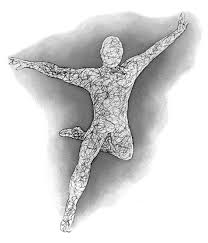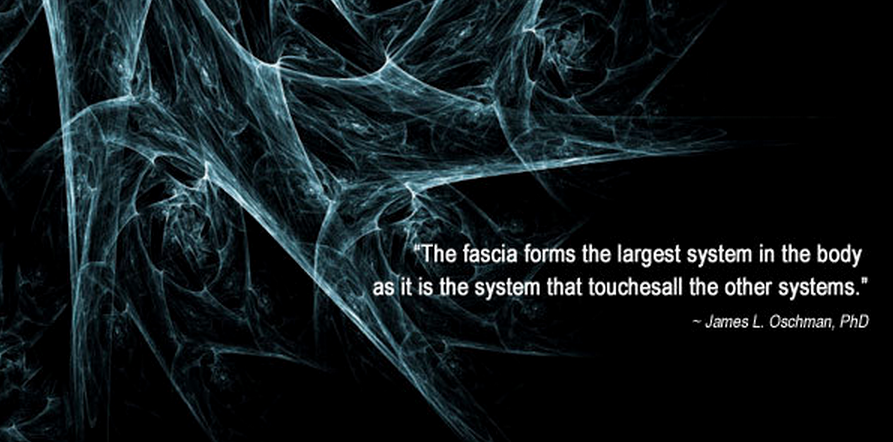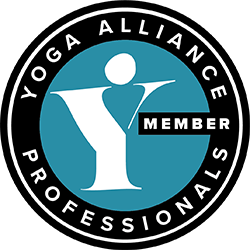Online Myofascia slings, springs, spirals and lines anatomy workshop
Although fascia is the latest buzzword among therapists, it has actually been around for a long time. Fascia is a specialized system of the body that has an appearance similar to a spider’s web or a sweater. Fascia is very densely woven, covering and interpenetrating every muscle, bone, nerve, artery and vein, as well as, all of our internal organs including the heart, lungs, brain and spinal cord. It can be described as slings, springs and spiral lines depending on whether you are a movement or manual therapist. The most interesting aspect of the fascial system is that it is not just a system of separate coverings. It is actually one continuous structure that exists from head to toe without interruption. In this way you can begin to see that each part of the entire body is connected to every other part by the fascia, like the yarn in a sweater.
Trauma, inflammatory responses, and/or surgical procedures create Myofascial restrictions that can produce tensile pressures of approximately 2,000 pounds per square inch on pain sensitive structures that do not show up in many of the standard tests (x-rays, myelograms, CAT scans, electromyography, etc.) A high percentage of people suffering with pain and/or lack of motion may be having fascial problems, but are not diagnosed.
 The work of Thomas Myers and especially the illustrations employed within his texts brought the body as a unit of units to a wider audience. These publications closely coincided with the work of Vleeming et al (1995) and Lee (1999), which has now seeped into multiple disciplines, setting in stone the body’s slings, for many movement professionals from manual therapists to personal trainers. Come along and get inspired with work that you can apply not only as movement practitioner but as a manual therapist too.
The work of Thomas Myers and especially the illustrations employed within his texts brought the body as a unit of units to a wider audience. These publications closely coincided with the work of Vleeming et al (1995) and Lee (1999), which has now seeped into multiple disciplines, setting in stone the body’s slings, for many movement professionals from manual therapists to personal trainers. Come along and get inspired with work that you can apply not only as movement practitioner but as a manual therapist too.

Online running order
Introduction
What they said:
“Feeling engaged with the course, noticing some tightness / heaviness throughout my body. Hoping to successfully incorporate some of this information into my teaching!”
“I feel comfortable and my body is not feeling as tense as it was when I arrived. I’m looking forward to learning more about everything. So far I’m very happy! Lots of information and plenty of ideas of the way the body moves. Definitely looking forward to setting this into my practise!”
“Remaining open-minded to new and different ideas/approaches to movement. Feeling refreshed and looking forward to adopting some of these techniques gradually into my teaching. Very interesting to learn new things from a different perspective.”
“Very enjoyable course, Nisha is very knowledgeable and will definitely do more courses”.
“After the morning session, I’m feeling open to learning more about this subject and how I can take it into my work. I’m definitely excited and curious about the ideas presented to me so far, and I hope this afternoon I can absorb even more information and work out how to translate this into my own work.” – Workshop Client
What you will learn:
- Understand the relationship between gravity, load and tensegrity on the the facial connective chain.
- Apply the foundations of slings, springs and spirals in both group and one to one programming in order to enhance intelligent movement.
- Discover how and when to use “less is more” principle of the movement/manual programme.
- Identify the different methods in fascia from Ida Rolf, Tom Myers, Chaitow and Schlep.
- Compare some medical studies and how to apply the knowledge with clients.
- Develop a system of movements or moves that can be integrated into a Yoga,Pilates, movement or manual therapy session
- Integrate stability, movement and elasticity into both the inner and outer self.
- Resolve faulty breath patterns with fascial unwinding and preparatory exercises.

